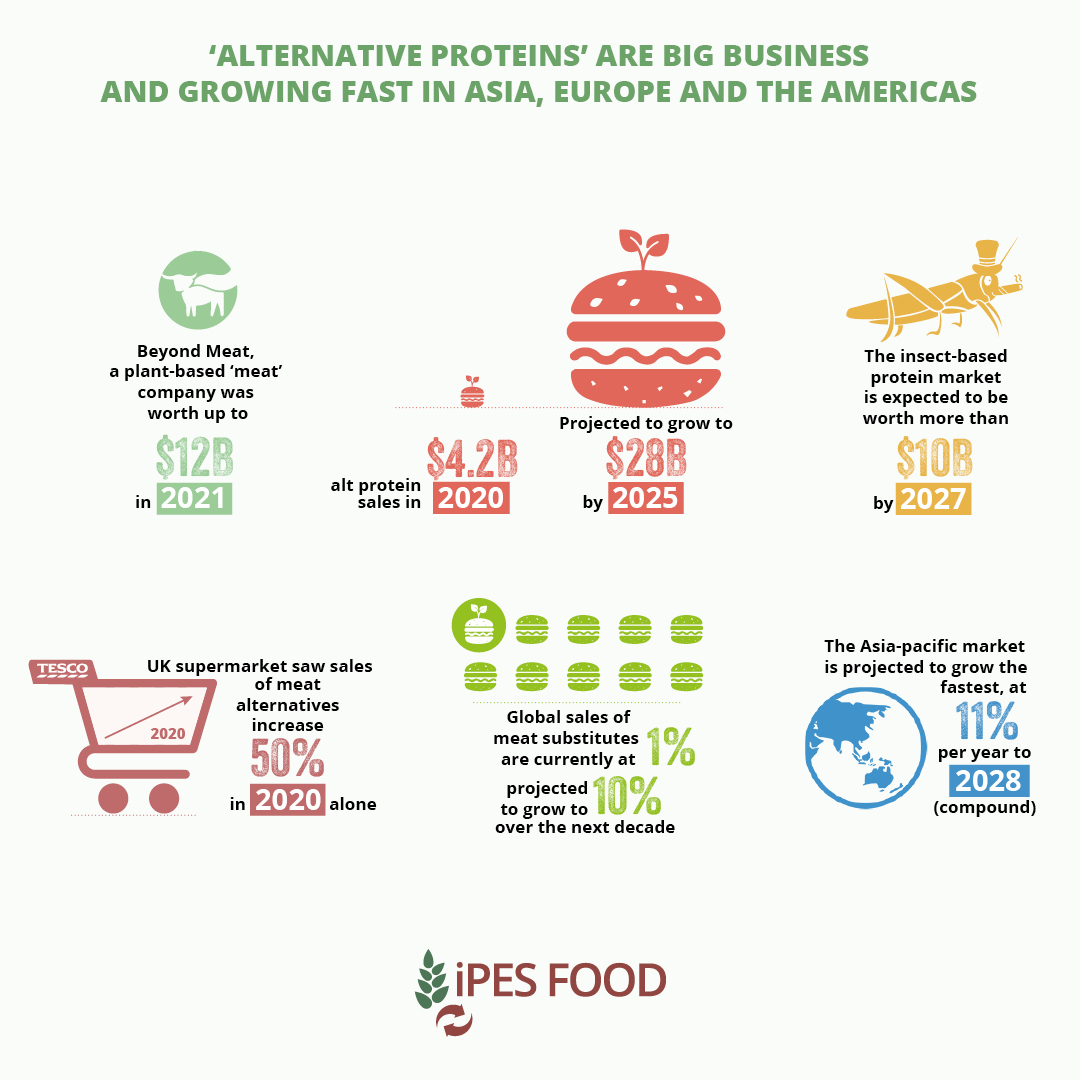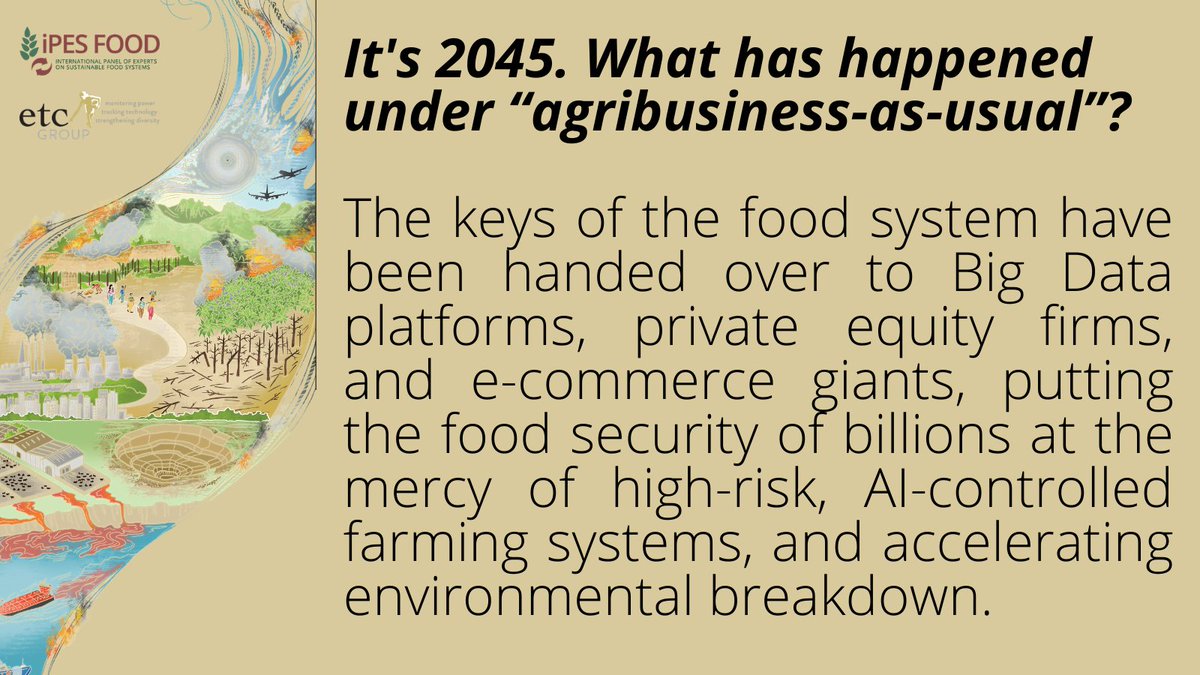Some 3% of farms now account for 52% of EU farmland, and 20% of farms receive 80% of payments under the #CAP.
The #CommonFoodPolicy argues to reform the payments mechanism of CAP via 4 key points (among others):
#FutureofCAP
The #CommonFoodPolicy argues to reform the payments mechanism of CAP via 4 key points (among others):
#FutureofCAP

i) shifting from an area-based payment logic to composite criteria (labour intensity, farm size, regional specificities, etc.) with mandatory redistribution to small-scale farms.
ii) capping payments to individual farms.
ii) capping payments to individual farms.
iii) providing a positive definition of an active farmer at EU level.
and iv) introducing a minimum percentage (instead of a ceiling) for payments to young farmers.
and iv) introducing a minimum percentage (instead of a ceiling) for payments to young farmers.
• • •
Missing some Tweet in this thread? You can try to
force a refresh



















